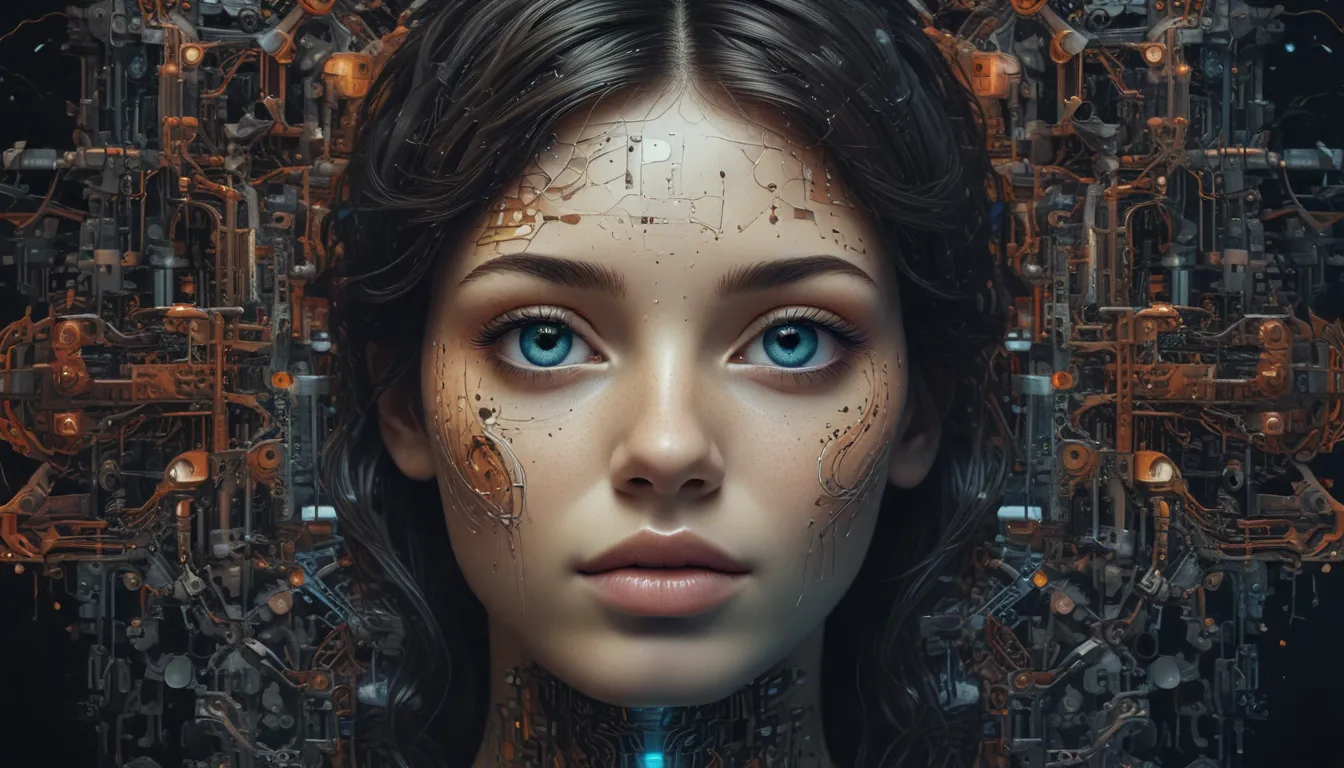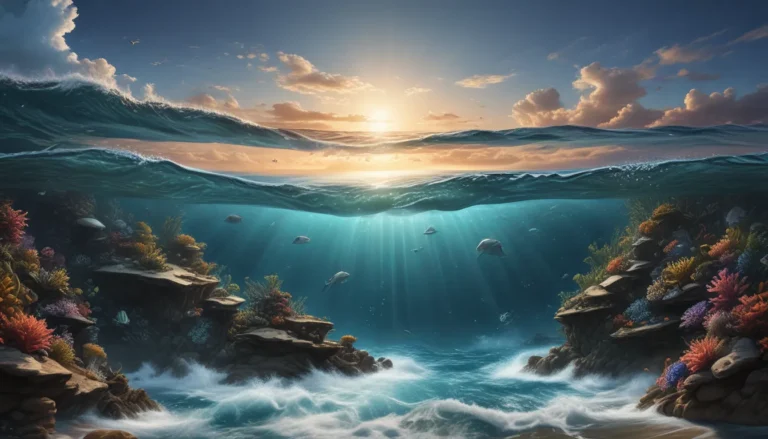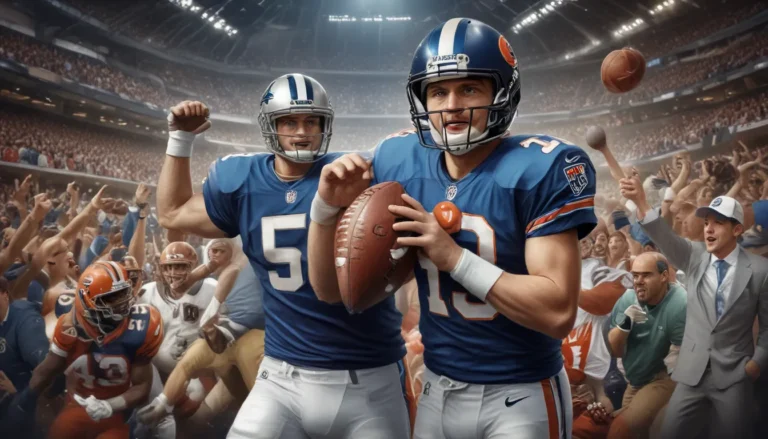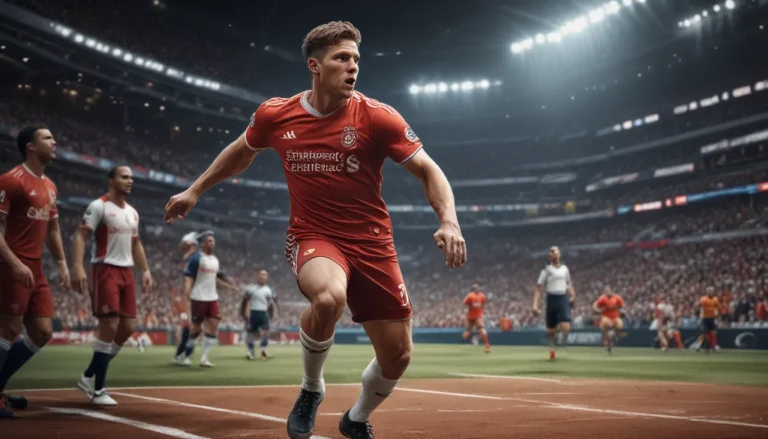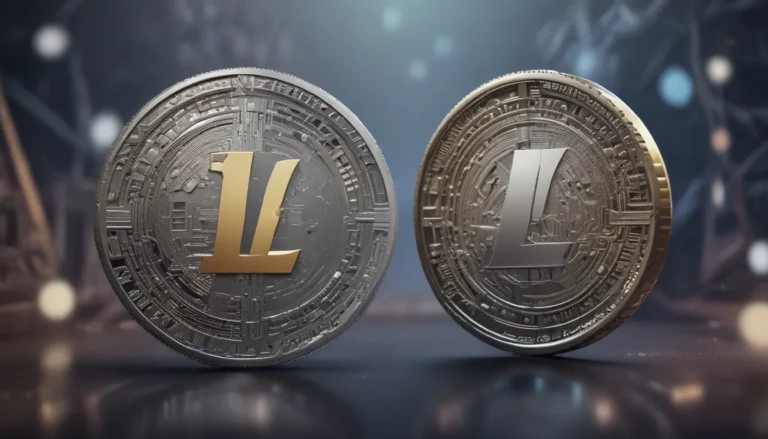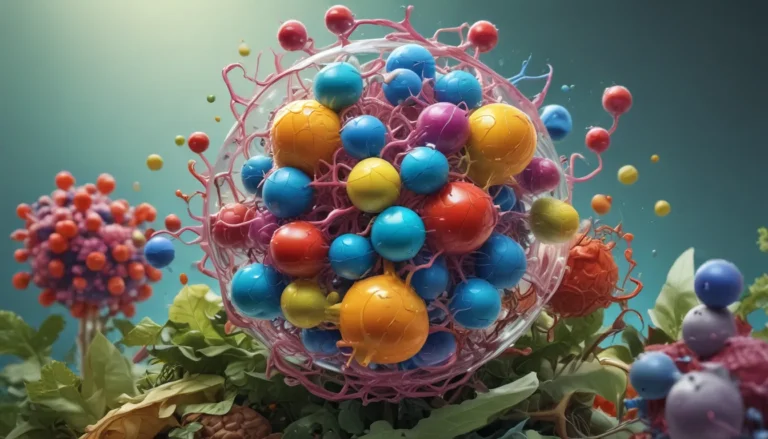A Note About Images: The images used in our articles are for illustration purposes only and may not exactly match the content. They are meant to engage readers, but the text should be relied upon for accurate information.
Photography has evolved rapidly over the years, embracing technological advancements that have revolutionized the creative process. Artificial intelligence (AI) has played a significant role in shaping the world of photography, making it more accessible, efficient, and pushing the boundaries of reality when it comes to creative expression. In this article, we will explore some fascinating facts about AI and its impact on photography, highlighting its potential and the profound changes it has brought to the industry.
The Boundless Creativity of AI in Photo Editing
AI technology has unlocked new creative possibilities for photographers by allowing them to transcend the limitations of reality. One notable example is Adobe Photoshop’s Content-Aware Fill tool, which uses AI algorithms to seamlessly remove unwanted elements from images and fill in the gaps with matching textures, details, and colors. This tool empowers photographers to unleash their creativity and transform visuals in ways that were previously unimaginable.
Today, image extension is not just about filling empty spaces; it is a tool for reimagining and enhancing visuals without compromising their natural beauty. AI has revolutionized the way photographers manipulate and enhance their images, opening up a world of endless creative possibilities.
AI’s Role in Generating Original Artwork
In 2018, the art world was stunned by the unveiling of the first AI-generated portrait, “Edmond de Belamy.” Created by the Paris-based collective Obvious using Generative Adversarial Networks (GANs), this groundbreaking artwork challenged the traditional notion of art creation. GANs, a type of AI developed by Ian Goodfellow, consist of two neural networks working together to generate and evaluate images, resulting in increasingly refined and original creations.
“Edmond de Belamy” blurred the lines between human creativity and artificial intelligence, showcasing the potential of AI as a tool for producing original artworks independently of human artists. The portrait was auctioned at Christie’s for an impressive sum of $432,500, highlighting the growing interest in AI-generated art within the art world.
The Copyright Debate Surrounding AI Software
The intersection of AI and art has sparked complex legal debates, with artists challenging AI software developers over copyright infringement. Artists Sarah Anderson, Kelly McKernan, and Karla Ortiz filed a lawsuit against the creators of the AI-based software Stable Diffusion, alleging that the program trained AI algorithms to replicate their artistic styles without permission.
The lawsuit raises crucial questions about ownership and originality in the age of AI-generated art. While AI has the potential to enhance creativity and artistic expression, it also raises concerns about intellectual property and ethical considerations. The ongoing legal battle underscores the need for clear regulations and guidelines regarding the use of AI in creative industries.
Preserving History Through AI Restoration
Artificial intelligence is not just about pushing the boundaries of creativity; it also plays a vital role in preserving and restoring historical photographs and artworks. Platforms like Mystery Scoop are dedicated to restoring and colorizing old images, including iconic portraits and historically significant photographs.
AI technology enables restorers to breathe new life into old photographs, allowing us to see historical figures like Abraham Lincoln in a new light. By leveraging AI tools like Skylum’s GenErase, restorers can enhance and transform images, ensuring that these visual memories are preserved for future generations.
The Future of AI in Photography
The future of artificial intelligence in photography is filled with promise and potential, as photographers and artists continue to explore the endless creative possibilities that AI offers. While AI technology has revolutionized the way we capture and manipulate images, it also raises important questions about originality, creativity, and the ethical implications of AI-generated art.
As we navigate this new era of AI-powered photography, it is crucial for photographers, artists, and legal experts to approach these challenges with responsibility, openness, and a commitment to upholding ethical standards. By embracing the opportunities that AI presents while addressing its ethical and legal implications, we can harness the full potential of AI technology in shaping the future of photography.
FAQs
Will AI Replace Photographers?
While AI technology can enhance various aspects of photography, it cannot replicate the creative vision and emotional depth that human photographers bring to their work. AI should be viewed as a tool to amplify creativity rather than a substitute for human creativity.
Can AI-Generated Art Be Considered Original?
AI-generated art leverages vast datasets and algorithms to create new and unique artworks, blurring the lines between human and machine creativity. While AI can produce original artwork, the human input in guiding the creative process remains a crucial factor in determining the originality of the artwork.
How Does AI Help Photographers?
AI technology aids photographers in learning and skill development by automating tasks and offering new perspectives on image creation. By leveraging AI-driven analysis and suggestions, photographers can refine their style, experiment with new techniques, and push the boundaries of their creativity.
In conclusion, artificial intelligence has transformed the world of photography, offering new possibilities for creativity, image manipulation, and artistic expression. As we embrace the potential of AI technology in photography, it is essential to navigate the ethical, legal, and creative challenges it presents with a thoughtful and responsible approach. By harnessing the power of AI while upholding the integrity of human creativity, we can shape a future where technology and artistry coexist harmoniously.
